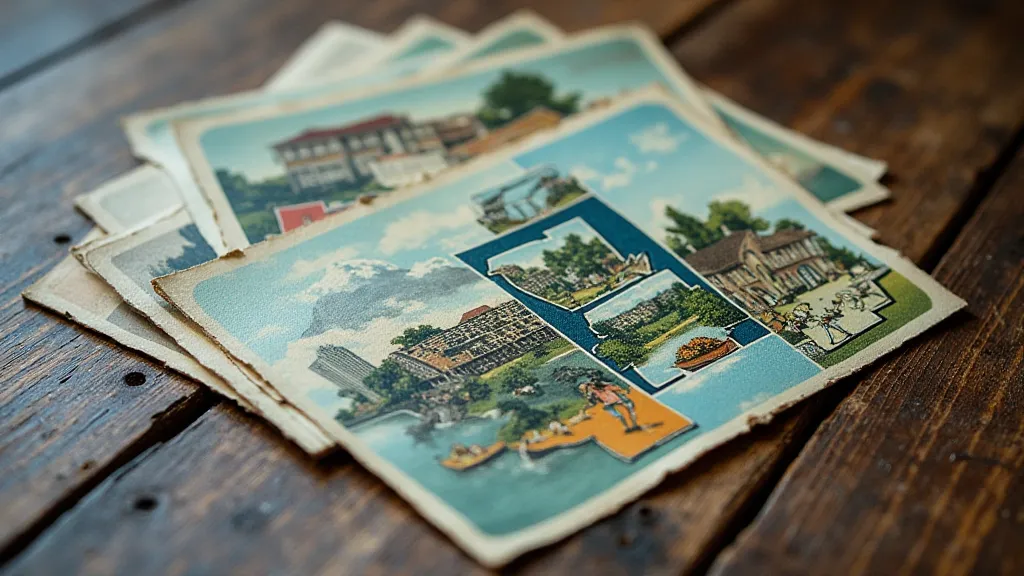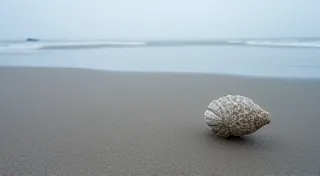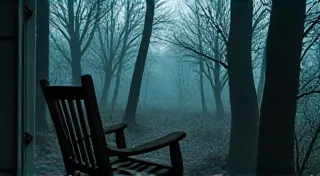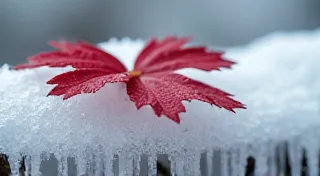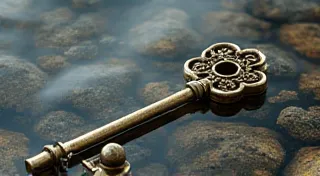Paper Relics: Unearthing Untold Stories in Maine Postcard Backs
Maine. The name conjures images of rugged coastlines, towering pines, and a quiet, enduring spirit. We celebrate its landscapes, its lobsters, and its fiercely independent character. But what if I told you that some of the most intimate glimpses into Maine’s past aren’t found in history books, but on the backs of faded postcards? These small, rectangular pieces of paper aren’t simply souvenirs; they are tangible links to lives lived, moments shared, and anxieties faced – miniature time capsules brimming with untold stories.
The “Golden Age of Postcards,” roughly from 1890 to 1920, saw a boom in postcard production and a societal embrace of sending them. Postal rates were affordable, printing technology improved, and the act of connecting through written words became a popular pastime. Maine, with its burgeoning tourism industry and picturesque scenery, became a prolific source of these charming images. Yet, it’s not the brightly colored depictions of Acadia’s granite peaks or the bustling harbors of Portland that truly captivate; it's what’s written *on* those backs.
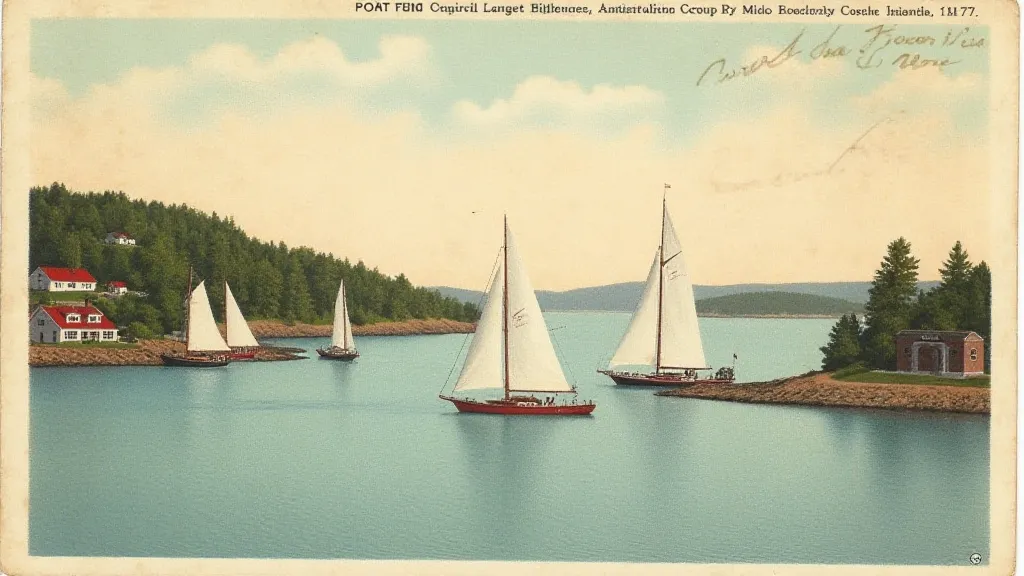
More Than Just Greetings: The Language of the Era
Imagine receiving a postcard from a loved one fighting a flu epidemic in 1918. Or a young woman writing to her sweetheart who’s just left to work in the burgeoning shoe factories of Lewiston. These aren’t fanciful scenarios; they’re snippets of real lives captured in the spidery handwriting of the past. The language itself offers a fascinating window into the era. Formal greetings were common – “Dear Cousin,” or “My Beloved Sister.” Short phrases, dictated by postcard space and postal rates, conveyed a surprising amount of information. “Having a lovely time” was a common refrain, often tinged with a subtle underlying anxiety about the future. The brevity also forces the reader to interpret what’s *not* said; a postcard mentioning perfect weather might be a desperate attempt to mask a quiet loneliness.
Consider, too, the anxieties reflected in these messages. Early postcards frequently mentioned concerns about outbreaks of disease – cholera, diphtheria, and, of course, the ever-present threat of consumption (tuberculosis). Travel, while increasingly popular, wasn't without its risks. The infrastructure was often unreliable, and accidents were commonplace. Reading these postcards is like eavesdropping on a conversation across time, hearing the concerns of people grappling with challenges we can only imagine.
The Craftsmanship Behind the Image & Words
The beauty of vintage postcards lies not only in the sentiment expressed but also in the artistry involved in their creation. The photographic process itself was a craft. Early photographs were often contact prints – direct exposures onto the postcard stock – resulting in a unique and often imperfect quality. Some postcards were hand-tinted, adding another layer of artistry and individuality. The typefaces used, the design of the borders, and even the choice of paper all contribute to the postcard’s charm.
The handwriting, too, is a form of craftsmanship. Each letter, each flourish, is a reflection of the individual's personality and education. Examining the penmanship can reveal clues about the sender’s background. A confident, flowing script might belong to a well-educated professional, while a more hesitant hand could indicate a less formal upbringing.
Restoration and Preservation: Caring for these Fragile Treasures
Many vintage postcards are fragile, suffering from fading, foxing (brown spots caused by moisture), and tears. Careful preservation is essential to ensure their survival for future generations. The best approach is often preventative – storing postcards in acid-free sleeves and albums, away from direct sunlight and extreme temperatures. Avoid using harsh chemicals or adhesives when cleaning them.
Minor repairs can be made with archival-quality photo corners and thin, transparent adhesive film. However, attempting significant restoration is best left to experienced conservators. The value of a vintage postcard lies not only in its rarity and subject matter but also in its authenticity – the wear and tear tell a story in themselves.
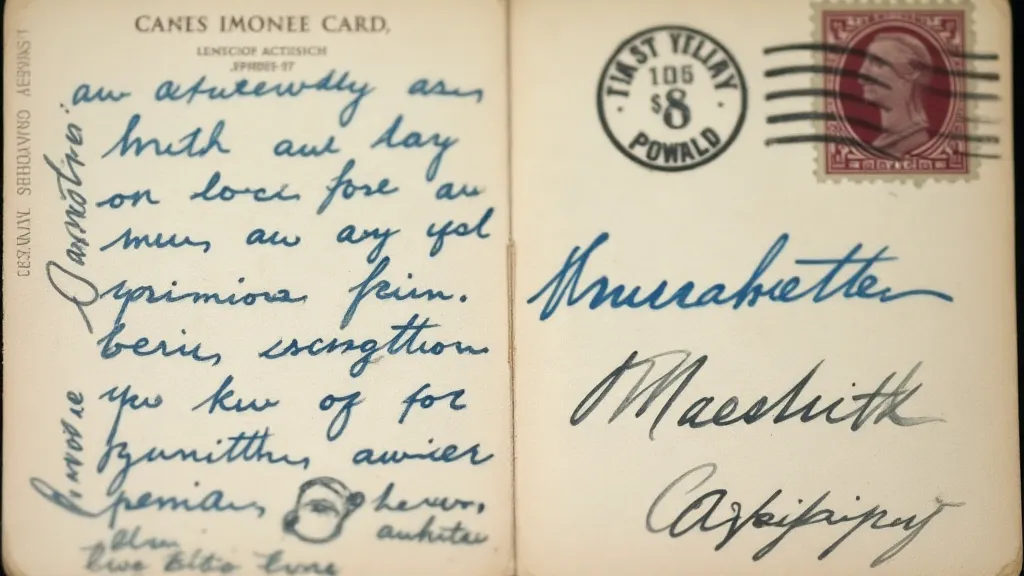
The Stories They Tell: Personal Anecdotes
I recently acquired a postcard sent from Bar Harbor in 1908. Addressed to a "Dear Mother," it simply read, "Having a grand time. Wish you were here. Love, Margaret." That’s it. But the simplicity is what’s powerful. It evokes a sense of longing, of connection, of a moment suspended in time. Who was Margaret? What was her life like? Why couldn't her mother join her? These are the questions that fuel a postcard collector’s passion.
Another postcard, sent from Portland in 1917, revealed a glimpse into the war effort. The sender, a young man named Thomas, wrote to his sister, "Everything is fine here. Working hard for the cause. Don't worry about me.” The unspoken anxieties behind those words are palpable. He's reassuring his sister, but he’s also reassuring himself.
Beyond Souvenirs: Connecting with the Past
Collecting vintage postcards isn’t just about acquiring pretty pictures. It’s about connecting with the people who created and sent them. Each postcard is a tiny window into the past, offering a glimpse into lives lived, moments shared, and anxieties faced. By paying attention to the details – the images, the handwriting, the language – we can begin to unravel the stories these paper relics have to tell. They are more than just souvenirs; they are tangible links to the past, reminding us of the enduring power of human connection.
